What are the different types of Digital Art?
Digital Art is a diverse field encompassing a wide range of creative expression using digital tools. The endless possibilities for artists range from digital drawings and designs to video production and more.

With the advent of digital tools, the world of art has seen an explosion in creativity, opening the doors for many artists to create art that was once impossible to achieve.
There are numerous types of Digital Art, including:
- Digital Painting
- Pixel Art
- 3D Art
- Motion Graphics
- 3D Animation
- Augmented reality
The techniques used by these digital art forms differ, allowing artists to explore their creativity further. Overall, the digital art world is exciting, as it constantly evolves, and there is always something new to discover.
How do you create digital art?
For beginners new to digital art, the process may initially seem daunting. However, with technological advancements and various apps available, creating digital art has never been easier.
Professional artists use various techniques to create a piece, just like with traditional art, but with the added flexibility of being able to undo any mistakes easily.
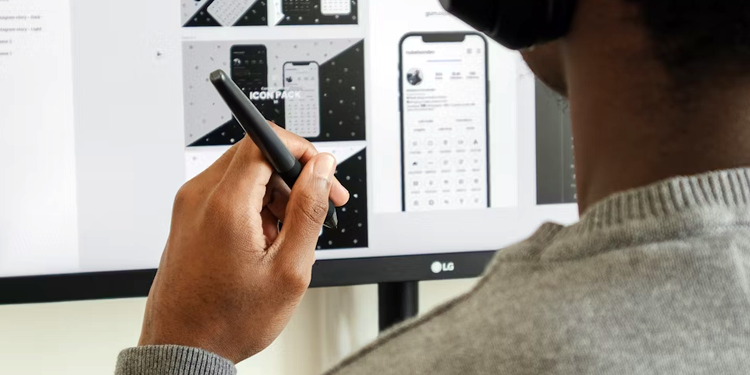
Whether you prefer using a tablet, desktop computer, or even your phone, apps are available to suit your needs and skill level.
The creation process can vary depending on the app used but generally involves sketching and refining the original sketch, filling in colors and details, and adding finishing touches.
Unlike traditional art, digital art can be saved and easily shared with others, making it an exciting medium for artists to explore.
Skills and Tools Needed to Create Digital Art
Digital art has become increasingly popular in recent years, and it’s not hard to see why. With the rise of new digital technology, artists have never had more tools at their disposal to create stunning works of art.
You’ll need a few essential skills and tools to create digital art. First and foremost, you’ll need a drawing tablet that allows you to draw and sketch with precision.
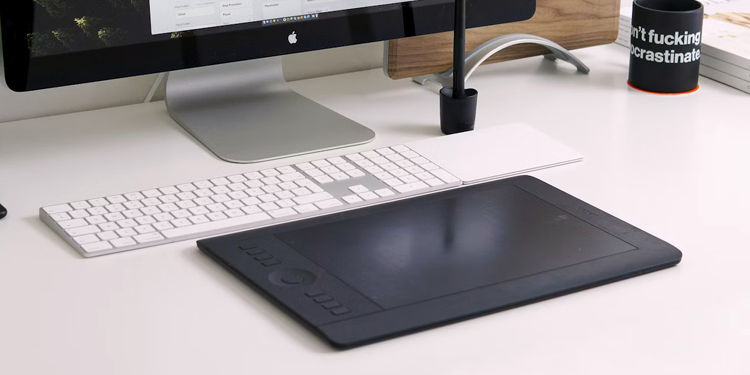
You’ll also need illustration software that enables you to bring your artwork to life on your computer. Some popular software for illustration and other digital creative tasks are Adobe Illustrator and Adobe Photoshop.
Lastly, it’s important to have a high-quality monitor that accurately displays the colors and details of your artwork as you create it.
With these basic tools, the possibilities for your digital art creations are endless.
What are Your Hardware Options?
Graphics Tablet
When it comes to creating, having the right hardware can make all the difference. One great option for artists and designers is a graphics tablet.
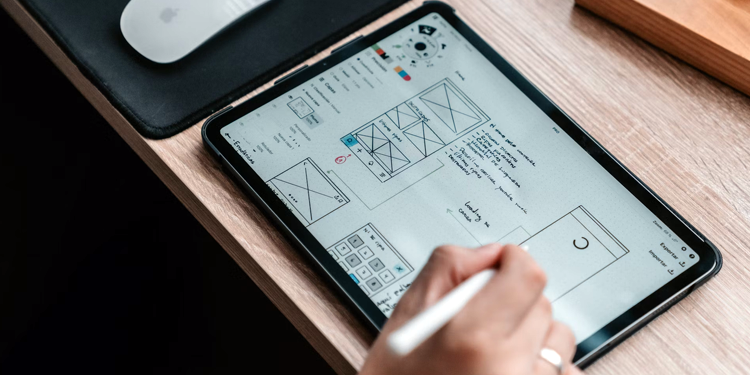
This device and tool let you draw and create directly on a pen-sensitive surface, making digital art more intuitive and precise. For those who need more portability, a laptop with good graphics capabilities can be a great choice.
Computer
Laptops can be taken on the go, allowing you to work from anywhere. But a desktop workstation may be the best bet for those needing power and flexibility.
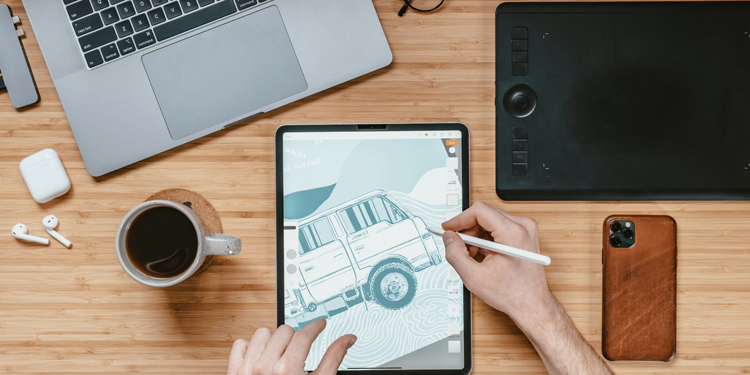
These machines can handle more demanding tasks and be customized to fit your needs. With so many options available, it’s important to consider what you’ll be using your hardware for and what features will be most important.
Best Online Digital Art Tutorials
For any budding artist, taking digital drawing to the next level might seem overwhelming, with so many different apps and platforms to choose from.
But fear not! There’s a wealth of online tutorials out there that can help you to build your skills in the world of digital art.
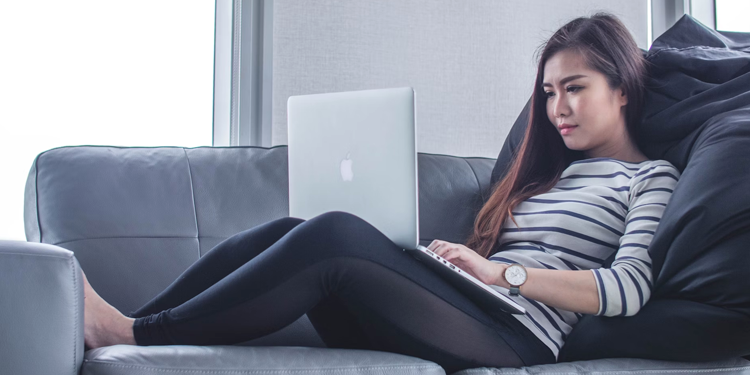
And best of all, you can fit your learning around your busy schedule, taking your creativity to new heights in no time.
So why not dive in and explore the incredible variety of resources available online? Here is a list of excellent Online Digital Art Tutorials:
- Udemy –
- Cubebrush – High-quality tutorials and full courses for Digital Artists of all levels.
- Skillshare –
- Pluralsight –
- CG Master Academy – Online courses for a successful career in the Art, Games & VFX industries.
Steps to Start as Digital Artist
Here are some tips for getting started with creating digital art:
- Choose your software
- First, you must choose the software you’ll use to create your digital art. Some popular options for 2D art include Adobe Photoshop and Procreate, while popular 3D options include Blender and Maya.
- There are also many other options available, so research to find one that suits your needs and skill level.
- Get familiar with your tools
- Once you’ve chosen your software, take some time to get familiar with the various tools and features it offers. Many software packages have tutorials or online communities where you can learn about different techniques and workflows.
- Start with simple projects
- As you’re getting started, it’s important to start with simple projects to get comfortable with the software and build your skills. Try creating a simple still life or character model to start, and then gradually work your way up to more complex projects.
- Experiment with different styles
- Digital art is incredibly versatile, so don’t be afraid to experiment with different styles and techniques. Try creating abstract art, or explore different styles like manga or cartooning.
- Take advantage of online resources
- Many online resources are available for digital artists, including tutorials, forums, and online communities. Take advantage of these resources to learn from other artists and get feedback on your work.
- Practice regularly
- Like any skill, digital art takes practice to master. Try to make time for regular practice sessions, even if it’s just for a few minutes each day.
Remember, creating digital art is all about experimentation and practice. Don’t be afraid to try new things and make mistakes – it’s all part of the learning process!
What are the different forms of digital illustration?
There are several different forms of digital illustration, each with its unique characteristics and techniques. Here are some of the most common forms of digital illustration:
- Digital painting uses digital brushes and other tools to simulate traditional painting techniques. Artists can use a variety of digital brushes to create different textures and effects and work in a range of styles, from realistic to abstract.
- Vector illustration -Uses mathematical equations to create lines and shapes, which can be scaled without losing resolution. Vector illustration is often used for creating logos, icons, and other graphic design elements.
- 3D illustration – Uses 3D modeling software to create three-dimensional objects and scenes. 3D illustrators can create complex models and animations and work in various industries, from film and animation to product design.
- Photo manipulation – Involves using digital tools to modify and enhance existing photographs. Artists can use various techniques, from basic color correction to more complex manipulations like compositing and retouching.
- Infographic illustration – Is used to create visual representations of data and information. Infographic illustrators use various techniques, from data visualization to iconography, to make complex information more accessible and engaging.
These are just a few examples of the many different forms of digital illustration. Each form requires different skills and techniques, and artists may specialize in one or more forms depending on their interests and career goals.
What is the best Digital Art Software?
Digital art software has revolutionized the art world, providing artists endless opportunities to create stunning masterpieces.
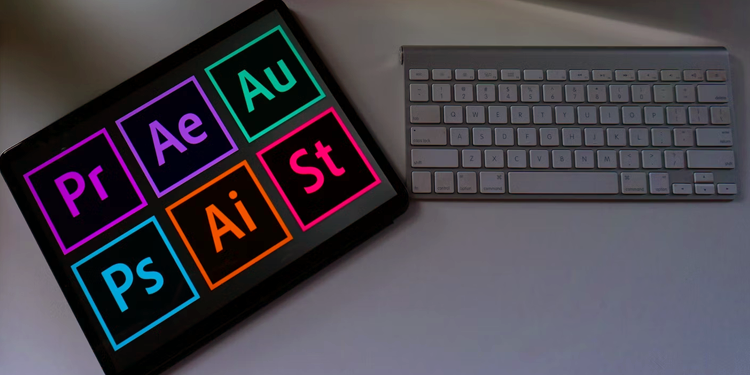
All these software applications have unique features and capabilities that make them popular among digital artists.
- Adobe Illustrator is widely considered the best vector art software available.
- Adobe Photoshop, on the other hand, is an industry-standard software for image editing and manipulation.
- Comic book artists favor Clip Studio Paint for its illustration tools.
- Corel Painter, which is a natural media painting software application, is popular among traditional artists looking to transition to digital art.
- Procreate is a great choice for artists on the go who want to create digital art on their tablets.
- Blender is a 3D modeling software that enables artists to create incredible animations.
Each of these tools has its own set of unique features, and the best digital art software ultimately boils down to personal preference based on the artist’s goals, budget, and skill level.
Best Reference Websites for Digital Artists
Regarding graphic design, digital artists need reliable resources to consult for their projects. Luckily, the digital world has created many fantastic reference websites catered specifically to this audience.
Some of the best reference websites for digital artists include those that offer free tutorials and helpful tips for creating digital art.
One such website is Ctrl+Paint, which offers educational video lessons on various aspects of digital art, from the basics of drawing to more advanced techniques.
Another great resource for digital artists is Sketchfab, an online platform that lets artists showcase their original 3D creations and view handcrafted models from others in the community.
Here is a list of websites where you can find inspiration for your creative projects:
With the help of these free and invaluable resources, digital artists can hone their craft and take their designs to the next level.
What industries do digital illustrators work in?
Digital illustrators can work in a variety of industries, including:
- Advertising: They create illustrations for advertising campaigns, including posters, billboards, and online ads.
- Publishing: Digital illustrators create illustrations for books, magazines, and newspapers.
- Film and animation: Illustrators create concept art, storyboards, and character designs.
- Game Development: Digital illustrators can create concept art, characters, and environments for video games.
- Product design: Creating illustrations for packaging, instruction manuals, and marketing materials.
- Fashion: Drawings or illustrations for fashion design, including clothing designs and patterns.
- Education: Creating art for textbooks, educational materials, and online courses.
- Web Design: Digital illustrators create images for websites and social media platforms.
What equipment do digital illustrators need?
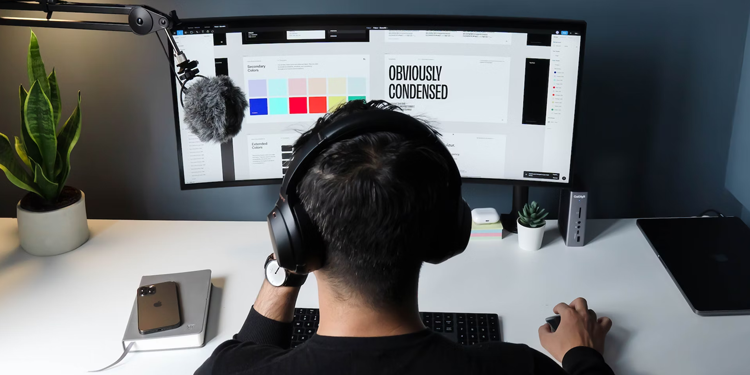
Here are some of the essential equipment needed for digital illustration:
Computer: A computer is essential for digital illustration. It should have enough processing power and RAM to handle the software and files used in digital art.
Graphics tablet: A graphics tablet is a device that allows artists to draw directly on a digital surface using a stylus. It is an essential tool for digital illustration, as it provides a natural and precise way to create digital art.
Stylus: A stylus is a pen-like device used with a graphics tablet. It is used to draw and paint directly on the tablet’s surface.
Software: Digital illustrators need software designed for digital art, such as Adobe Photoshop, Procreate, or Corel Painter. The software should provide tools for drawing, painting, and editing digital art.
Monitor: A high-quality monitor is essential for accurate color representation and viewing details in digital art.
Printer: A printer is necessary for creating physical copies of digital art. Artists should choose a printer that produces high-quality prints with accurate colors.
Scanner: A scanner converts traditional artwork into digital form, allowing artists to work with it using digital tools.
These are the essential equipment for digital illustration, but the specific tools and software needed can vary depending on the artist’s preferences and the type of digital art they create.

Nyx, Editor at Vertex Mode, is also an experienced 3D Artist in gaming and film, sharing insights on Digital Art and its creators.

